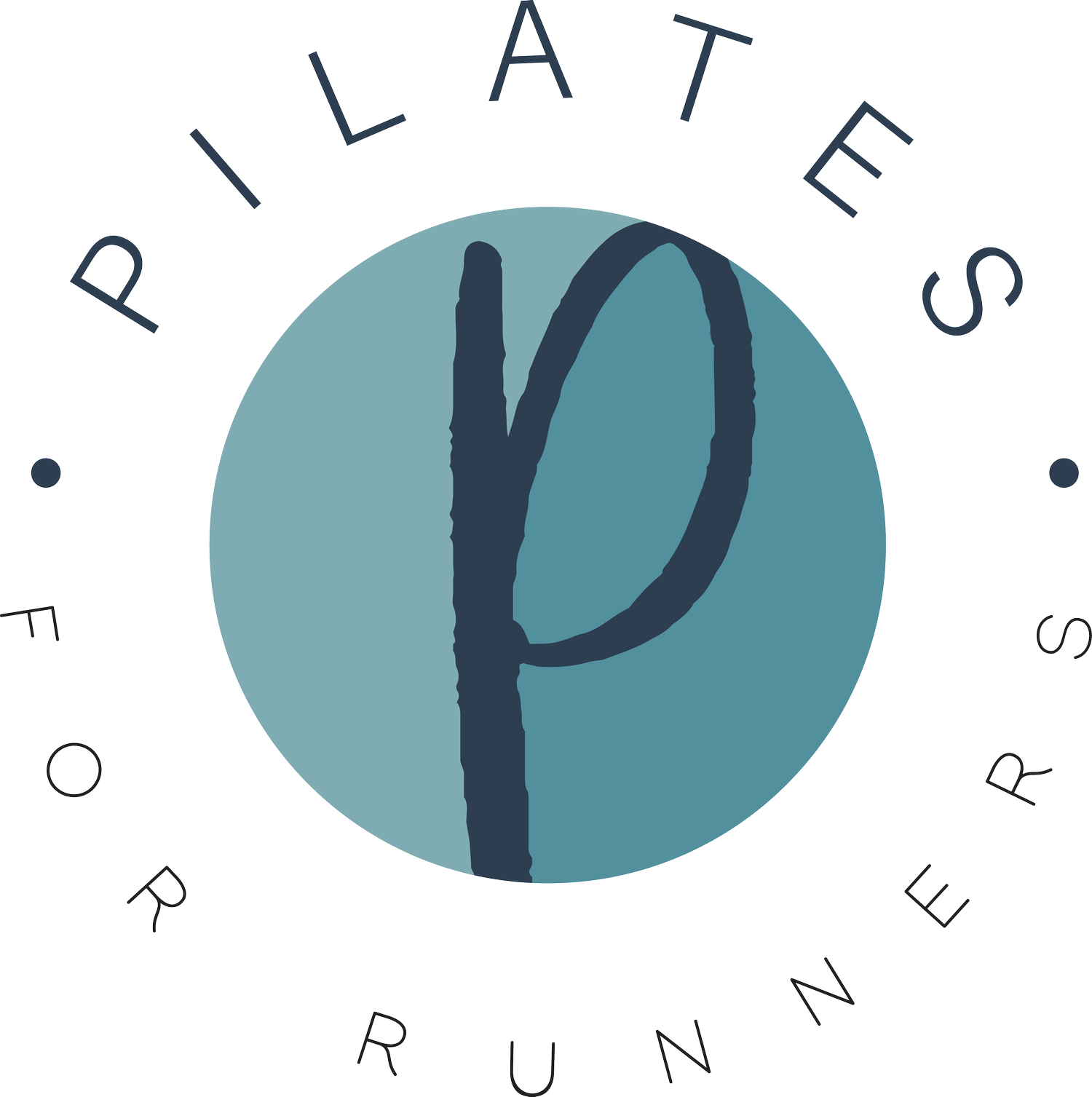4 Common Runner Injuries and How to Handle them
If you’ve been running for a while, you’ve probably dealt with a niggle or two.
Tight hips, stiff ankles, sore knees. You know the drill.
These things often start small, but can creep into your stride, your body tries to compensate and before you know it your training has derailed into "niggle management".
I speak from bitter experience. I ignored my calf "warning signs" and ended up with crippling sciatica around 7 years ago (amongst other delights!).
But there is an alternative which I discovered on that journey back to running.
The majority of niggles which plague runners can be avoided with consistent, targeted movement, as well as managing your progression and getting sufficient rest.
And Pilates can help you with all of that 🙌
Starting with building strength 💪
So here’s a breakdown of the most common issues I see causing problems for runners, and how to strengthen against them.
1. Runner's Knee and IT Band
Weak glutes or tight hips are big contributors to knee pain, IT band issues, and lower back tension. Poor hip strength can cause your knees to cave in during your stride, increasing joint strain.
Try These:
• Single Leg Glute Bridges
• Crab Walks with a Band
• Side-Lying Leg Raises
• Pigeon Pose Stretch
2. Lower Back Pain
Your core does more than you think. Yes, it stabilises your spine and supports your posture. But it also allows for efficient force transfer through the body.
Weaker core means other areas (like knees, hips and back) have to pick up the slack of absorbing that load.
Try These:
• Bird-Dogs
• Dead Bugs
• Side Planks
• Hip Hinges
3. Shin Splints and Tight Calves
Shin splints are the most common overuse injuries in runners. Usually caused by weak lower leg muscles, a sudden increase in training load, or both.
It occurs when the muscles and connective tissue in the lower leg pull and tug on the bone, triggering inflammation. If the bone isn't given time to heal, it can result in micro fractures.
Try These:
• Bent-Knee and Straight-Leg Calf Raises
• Tibialis Raises (heel on ground, lift toes toward shin)
• Eccentric Calf Drops (off a step)
• Ankle Mobility Drills (heel-to-wall, ankle circles)
4. Plantar Fasciitis
When this connective tissue on the base of the foot is overloaded it can inflame and become painful.
There can be a number of reasons for this, but limited mobility in the ankle joint or weak foot muscles can reduce your ability to absorb and distribute load effectively through the lower leg, increasing ground impact, and putting pressure on the plantar fascia.
Try These:
• Ankle ABCs
• Calf Raises (particularly single leg)
• Standing Foot and Ankle Mobility Drills
Not sure where to start?
✅ Try the 7-Day Challenge – if you haven't already done this challenge it’s a great introduction to short, focused and easy to follow sessions that help build strength and mobility in all the right places.
Done the challenge already?
You can still access the sessions! Go back and do them again. Add in weights this time to keep building your strength 💪
Small Steps Add Up
You don’t need to overhaul your entire routine. Just start small with these quick sessions, get consistent and feel the results 🙌
Happy running and Pilates,
Liz x
